There's an old saying, "Good fences make good neighbors."
But what if, instead of fences, we could have vibrant, beautiful hedges?
Look no further!
This article showcases 8 small hedges for borders, offering you valuable tips to select the perfect plants to accentuate and define your boundaries.
So, let's get started and learn how to create some lovely, natural boundaries.
Understanding Different Types of Small Hedges
The variety of options can be quite overwhelming when it comes to selecting hedges for your garden border.
It's crucial to understand the main types of small hedges and their unique characteristics.

The right hedge can transform your garden into a beautiful, secluded oasis.
So, let's get into the world of evergreen, deciduous, flowering, and non-flowering hedges and explore their unique characteristics.
1. Boxwood (Buxus sempervirens)
A classic choice for small hedges, boxwood boasts dense evergreen foliage and adapts to various settings. It prefers well-drained soil and partial shade to full sun.
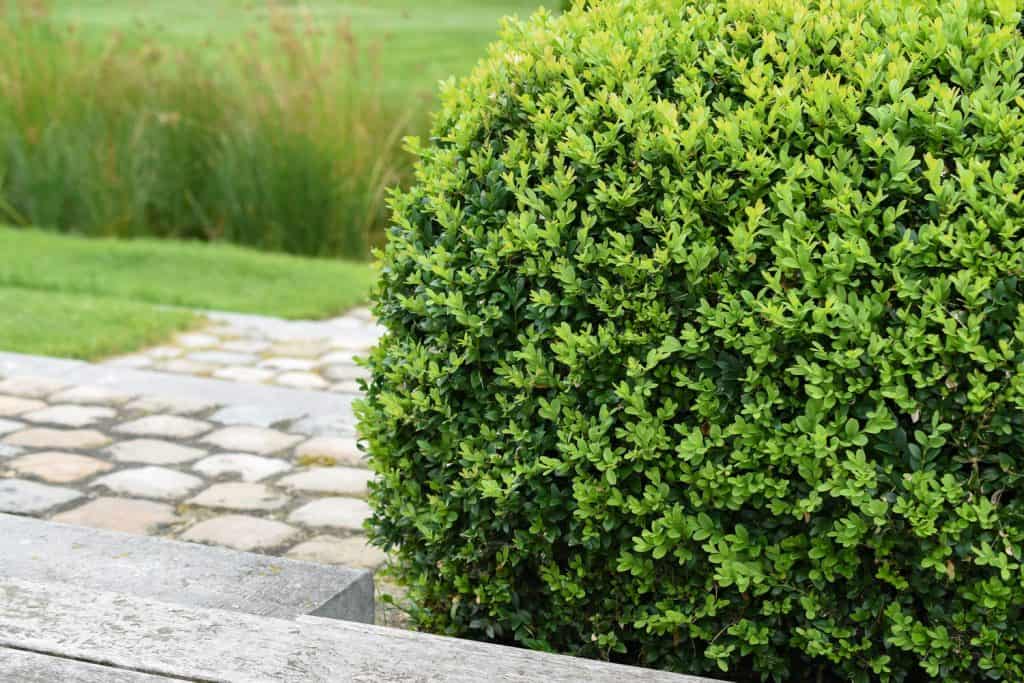
Prune in late spring or early summer for a defined and neat appearance, promoting bushier growth and longevity.
2. Privet (Ligustrum spp.)
With rapid growth and glossy foliage, privet is a favored small hedge. It thrives in full to partial sun and adapts well to different soils.
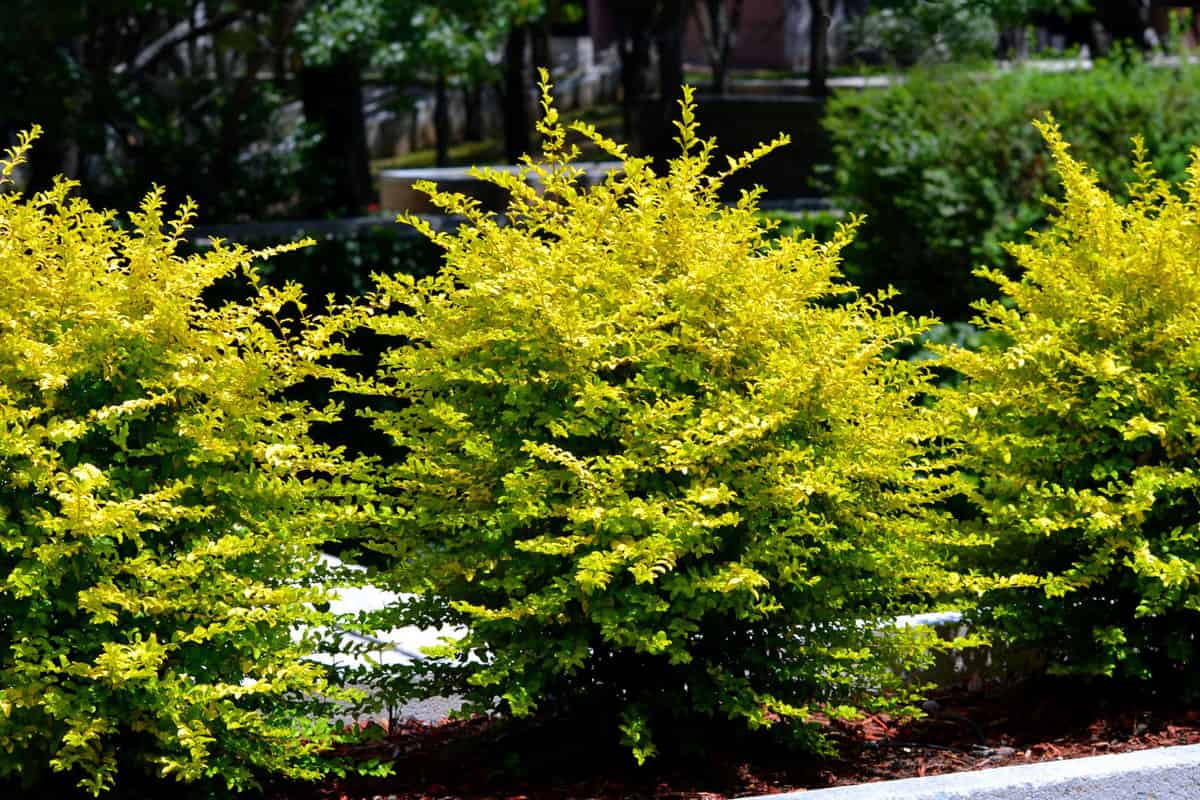
Prune regularly in spring and summer for a well-maintained look, but be cautious of its potential to become invasive.
3. Dwarf Yaupon Holly (Ilex vomitoria 'Nana')
This compact and evergreen hedge features small dark green leaves, reaching 3 to 4 feet tall. It thrives in full sun to partial shade and adapts well to various soils.
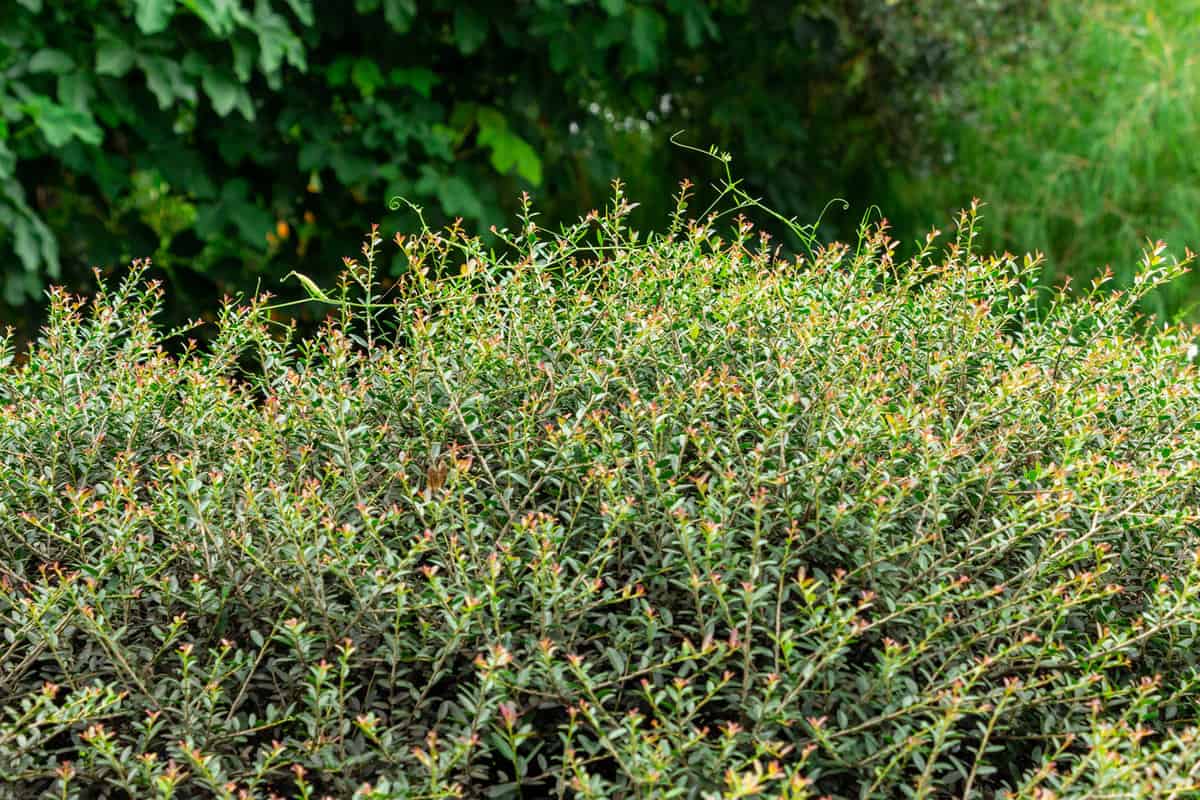
Regular pruning during the active growing season maintains its size and shape, resulting in a neat and attractive appearance.
4. Lavender (Lavandula spp.)
A fragrant and visually charming option for small hedges, lavender thrives in full sun and well-drained soil.
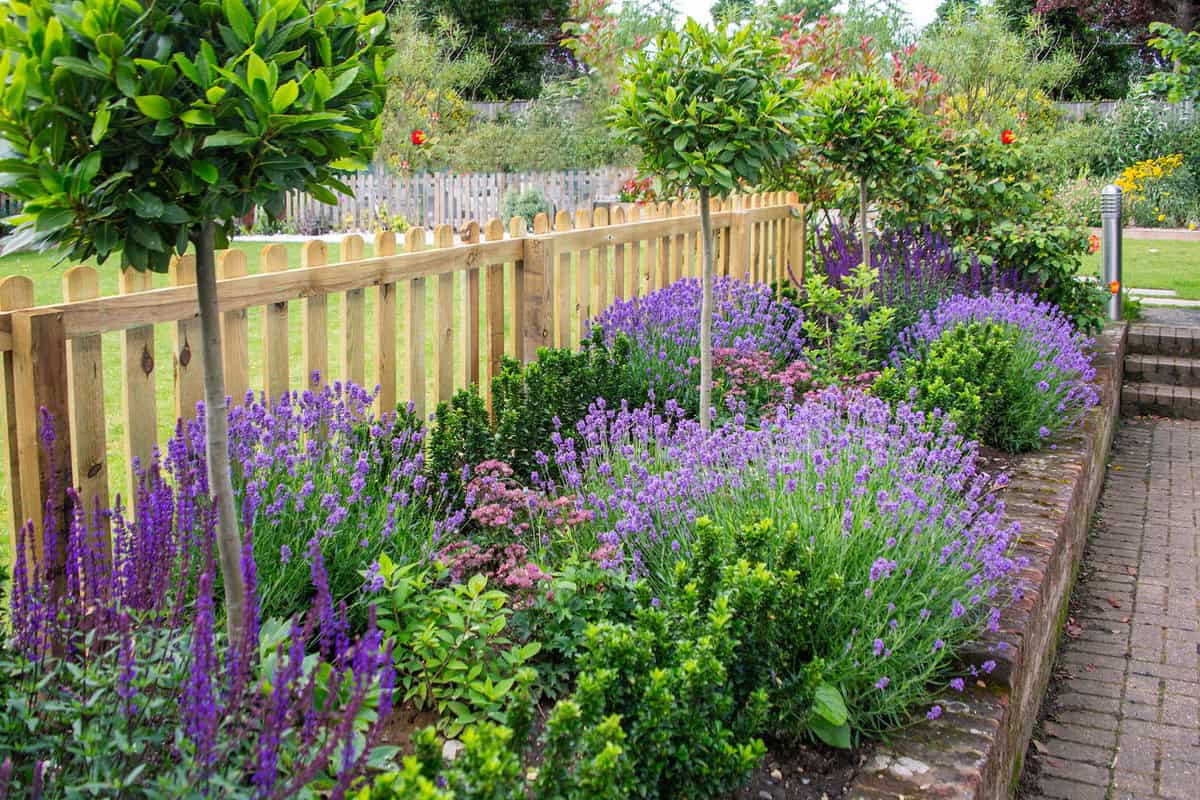
Light pruning after flowering in late spring or early summer helps maintain its compact shape and aromatic appeal.
5. Japanese Spirea (Spiraea japonica)
A versatile and compact deciduous shrub, Japanese Spirea features abundant summer flowers in various colors.

It adapts well to different soils and is low-maintenance, making it an attractive option for small hedges in any garden.
6. Rosemary (Rosmarinus officinalis)
Fragrant and visually appealing, rosemary is a woody herb that forms a dense hedge with needle-like leaves and blue flowers.
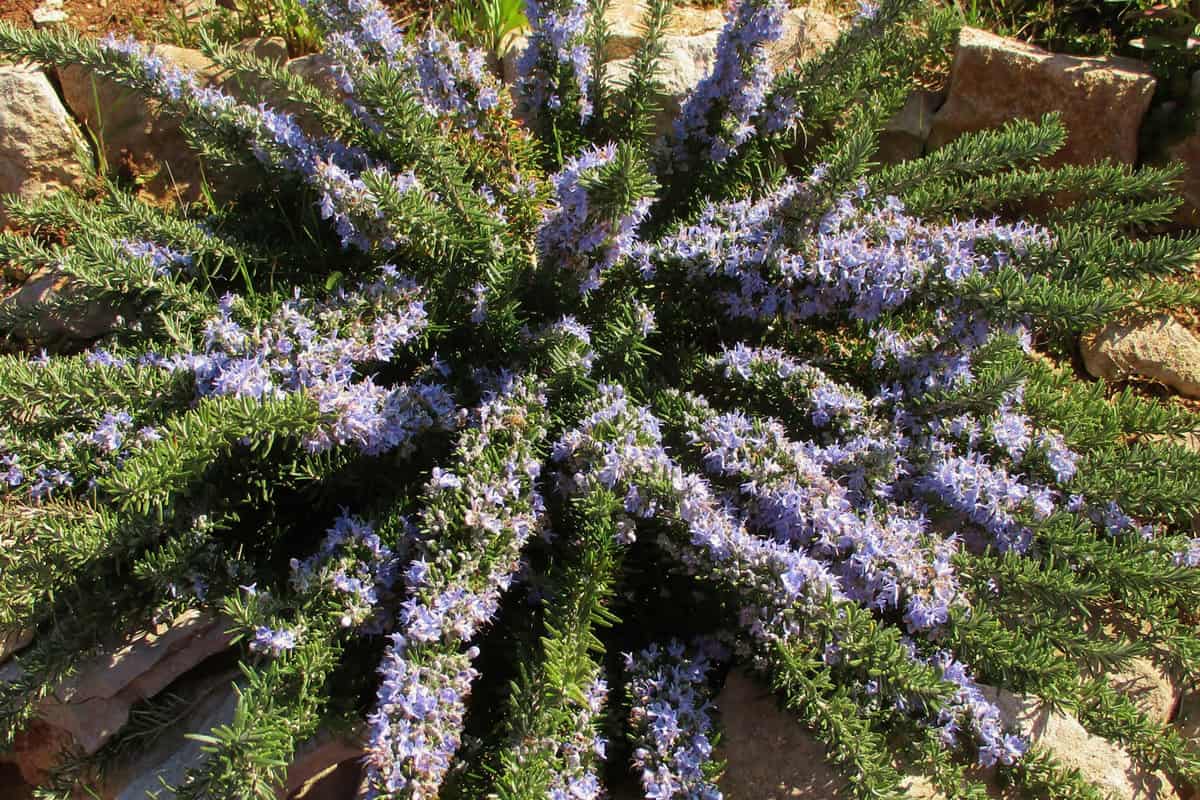
It thrives in full sun and well-draining soil, requiring light pruning after flowering to maintain a compact shape and promote fresh growth.
An excellent choice for both culinary and ornamental purposes in small hedges.
7. English Lavender (Lavandula angustifolia)
Fragrant and evergreen, English Lavender forms a compact hedge with silvery-green leaves and lavender-blue flowers.
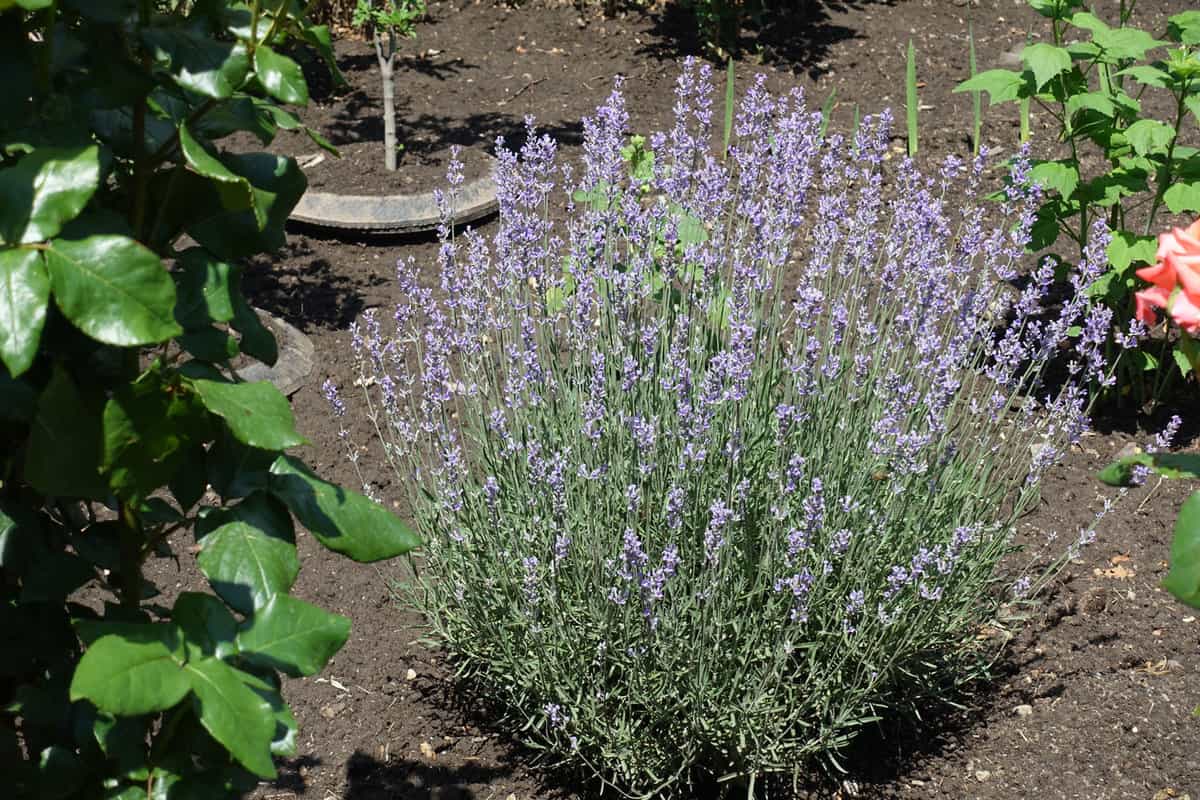
It thrives in full sun and well-drained soil, benefitting from light pruning after flowering to promote bushier growth and more blooms.
8. Barberry (Berberis thunbergii)
Thriving in full sun to partial shade and various soils, barberry is low-maintenance and drought-tolerant once established.
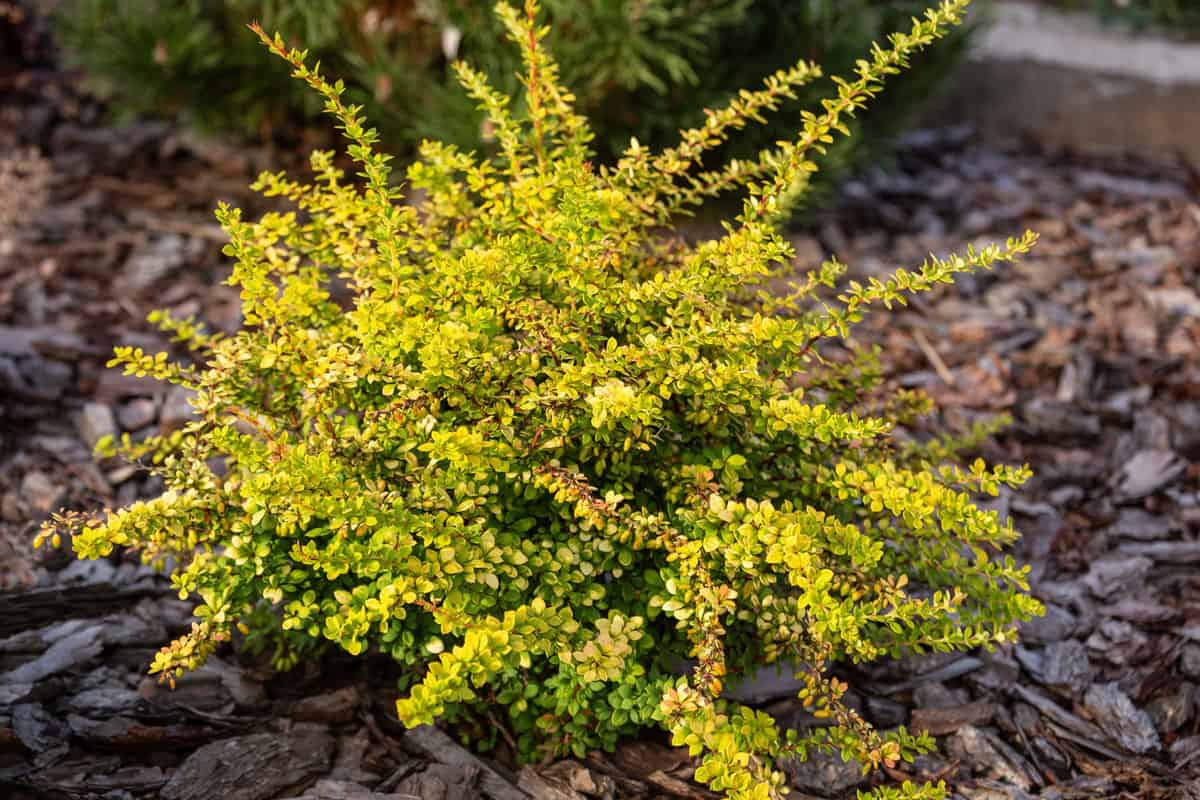
Prune during the dormant season to maintain its tidy appearance and avoid thorns, making it a popular choice for adding color and security to borders. Check for invasive tendencies in your area before planting.
Considerations when Choosing Hedges for Borders
Selecting the perfect hedge for your border is not a decision to be taken lightly.
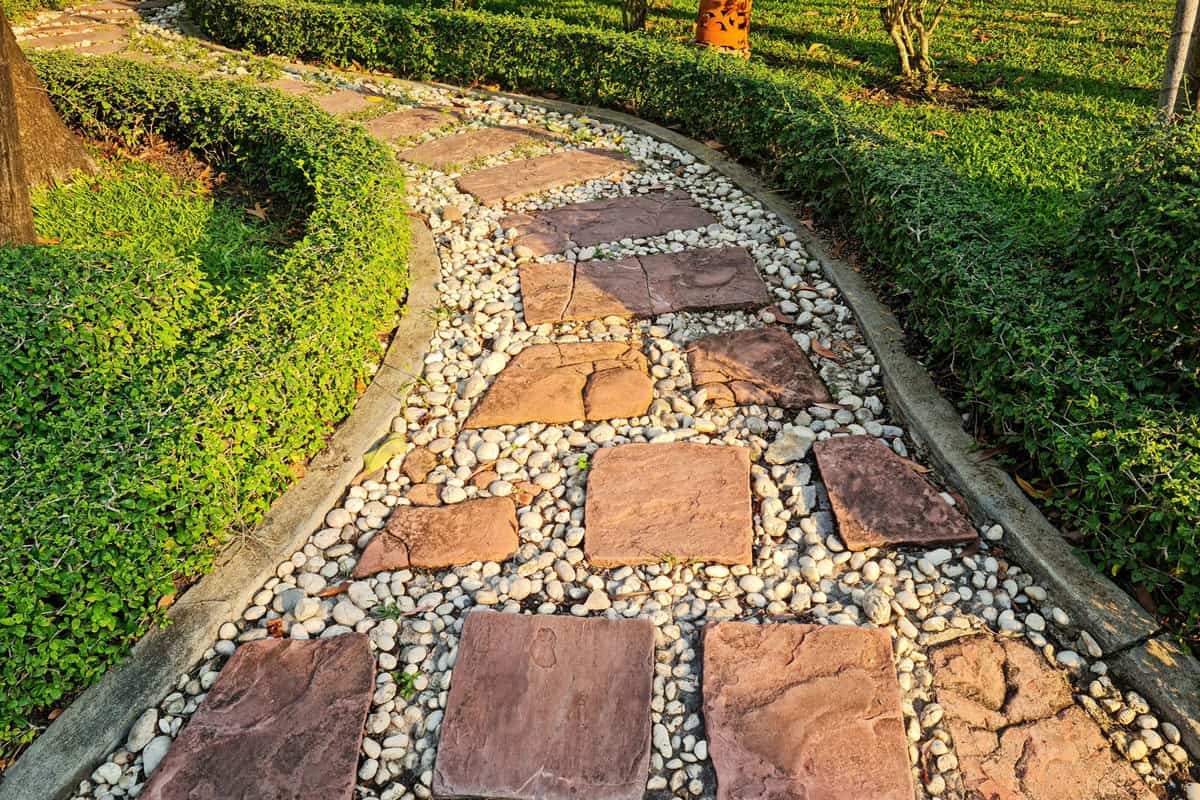
A well-chosen hedge can provide privacy, beautify your landscape, create habitats for local wildlife, and even increase property value.
Here are some important factors to consider when you're selecting the right hedges for your borders.
Soil Type and Sun Exposure
Not all plants thrive in the same soil or light conditions. Some prefer well-drained sandy soil, while others might flourish in heavier clay soil.
Understanding the type of soil in your garden is a crucial step to choosing a hedge that will grow well.
Similarly, consider the amount of sun your selected area gets each day. Certain hedges, like boxwood, can handle a variety of light conditions, while others, such as yew, might prefer more shaded areas.
Climate and Weather Patterns
Consider the average temperatures, rainfall, and wind conditions in your area.
Some hedges might be drought-tolerant, while others require more consistent moisture. Some can stand up to harsh winter conditions, whereas others might be more suitable for milder climates.
Available Space and Growth Expectations
Consider the mature size of the hedge. Some small hedges can be kept neat with regular pruning, while others might naturally stay compact.
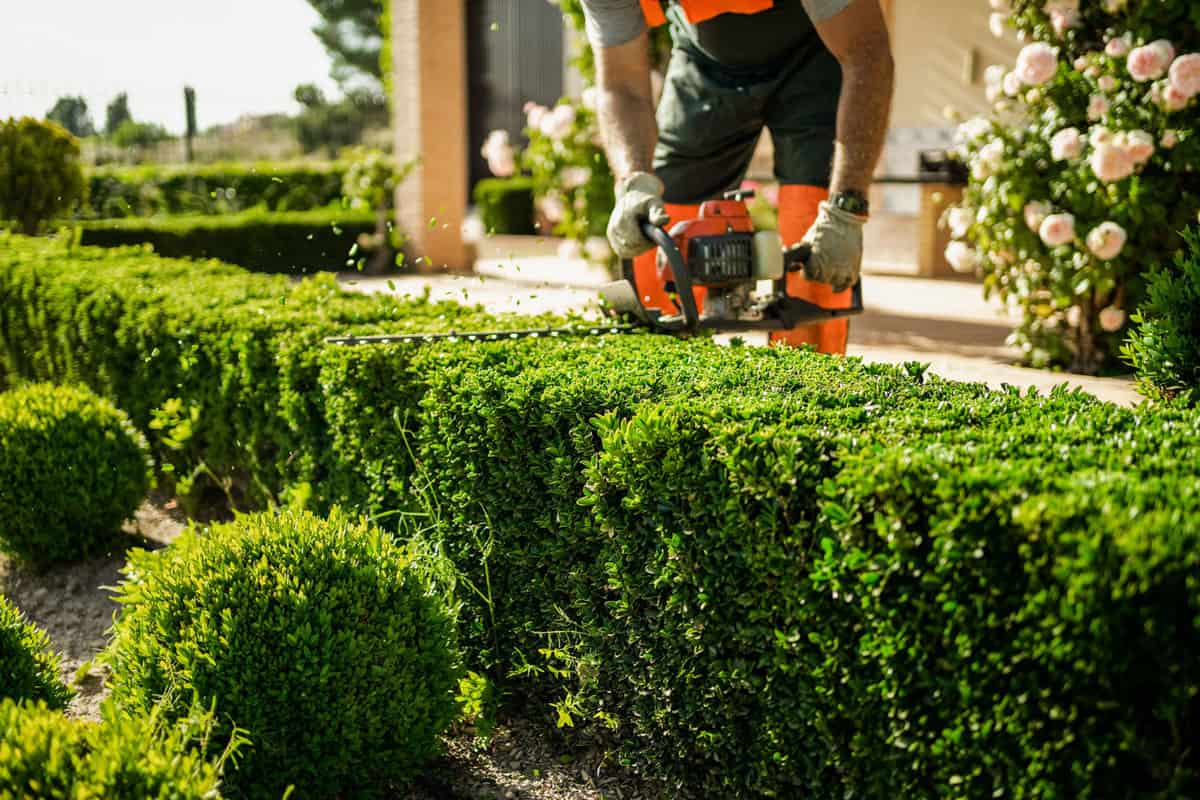
Ensure there's enough room for the hedge to grow without interfering with walkways, buildings, or other plants.
Privacy and Security Needs
If you're looking to create a privacy screen or a secure boundary, consider the density and height of the hedge.
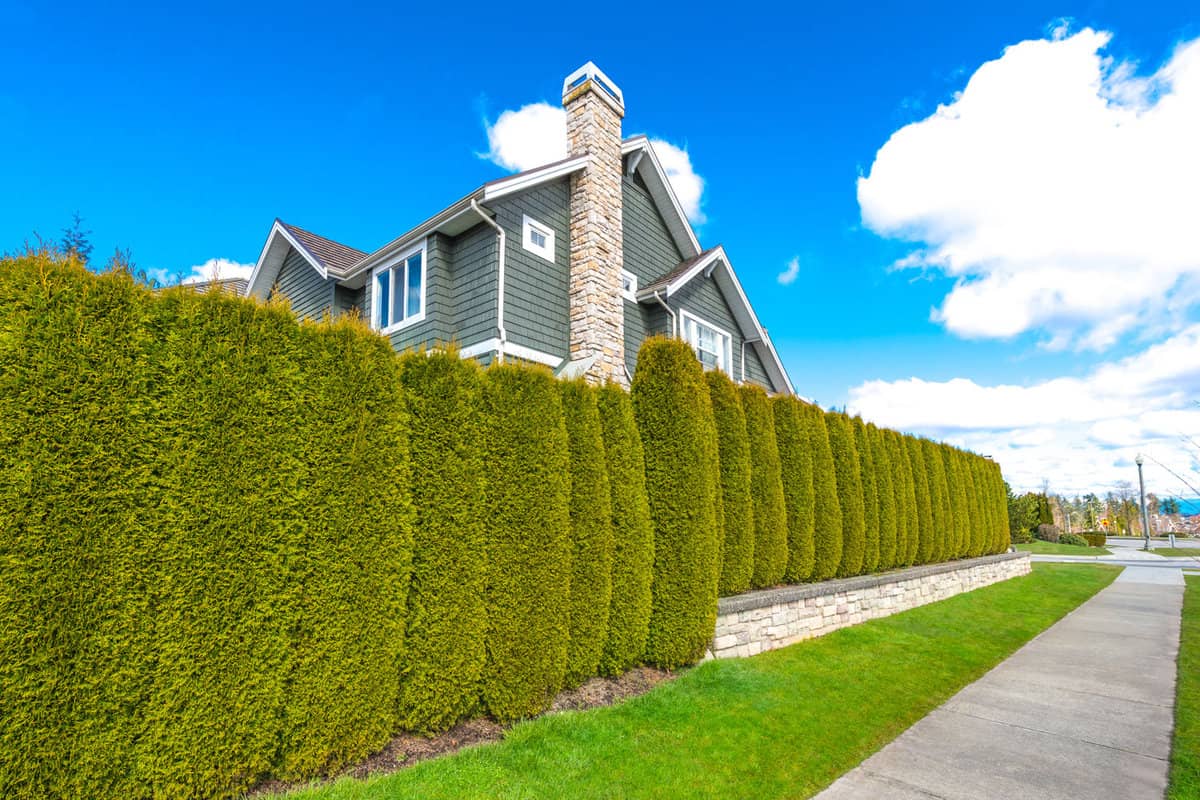
Evergreen hedges often provide the best year-round privacy, and some hedges, like hawthorn, can even provide an additional level of security due to their thorny nature.
Overall Landscape Design Aesthetic
Choose a hedge that complements your garden's design style. Do you prefer a formal, manicured look, or a more natural and informal aesthetic?
Certain hedges lend themselves well to being pruned into precise shapes, while others look best when allowed to grow more freely.
Local Flora and Fauna
If attracting local wildlife is important to you, choose hedges that provide food or shelter for these species.
On the other hand, if certain animals are known to cause damage in gardens in your area, select hedges that aren't known to attract these species.
Also, consider if the hedge might be prone to damage from local pests or diseases.
Which plant is best for a small hedge?
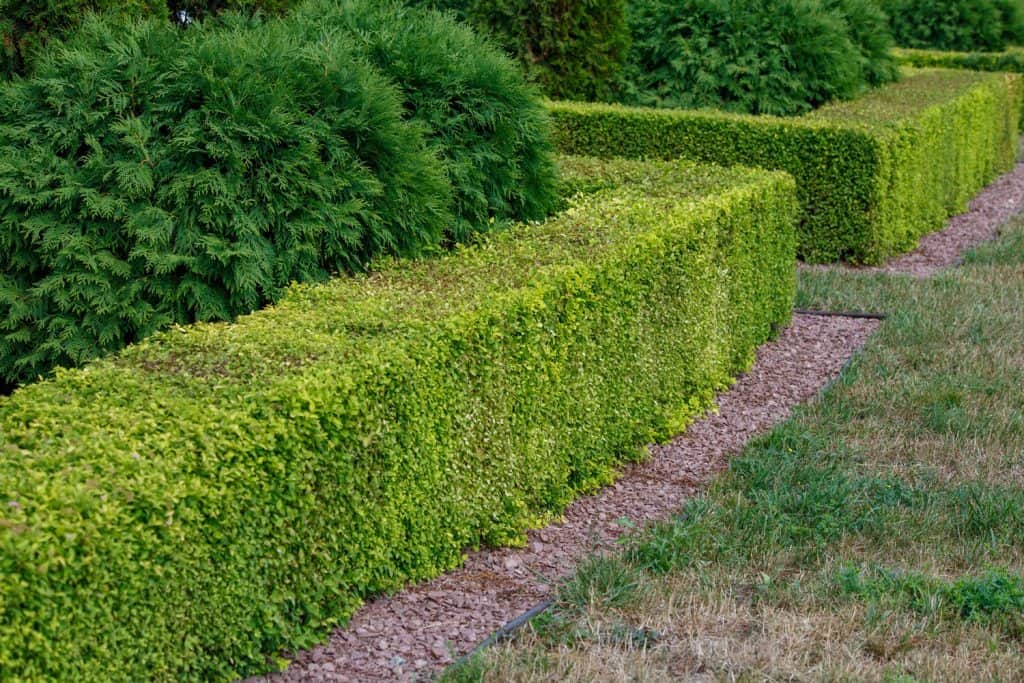
Boxwood is an excellent choice for a small hedge. It has a compact growth habit, retains its green leaves year-round, and is well-suited to regular pruning, making it ideal for creating structured small hedges.
What is the best border hedge?
The best border hedge depends on your specific needs, but yew is a popular choice.

It's evergreen, offering year-round privacy, and can be pruned to maintain a neat and tidy appearance. It's also highly adaptable to different soil types and light conditions.
What plants are best for a hedge?
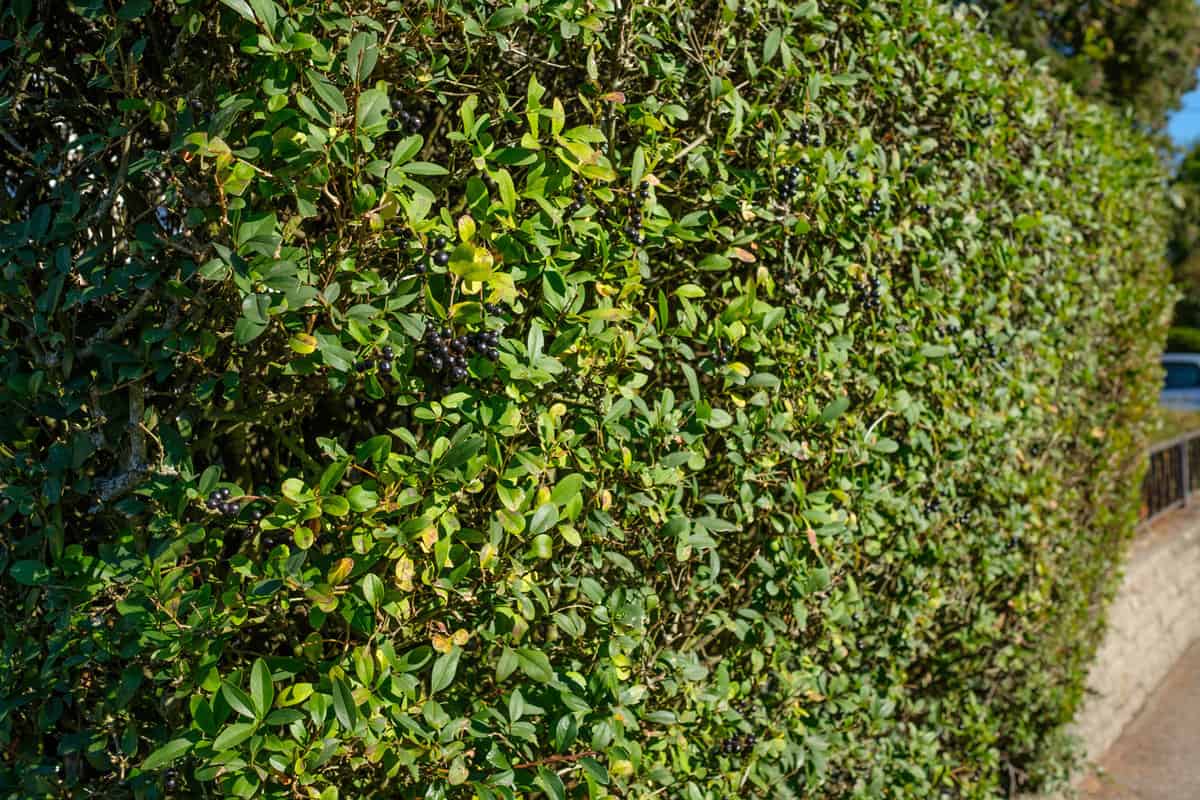
Several plants make excellent hedges, including the following:
- Boxwood
- Yew
- Privet
- Hawthorn
For flowering hedges, consider plants like Roses, Lilacs, or Hydrangeas. The best choice will depend on your local climate, soil conditions, and the specific needs of your garden.
Which plant is best for a boundary wall?
For a boundary wall, you might consider a taller, dense hedge for privacy and noise reduction.

Laurel is a good choice, as it grows tall and thick, providing an excellent privacy screen. It also has attractive, glossy leaves and produces small white flowers in the spring.
The Final Leaf: Turning Over a New Hedge in Your Garden Journey
In closing, embracing the charm of small hedges in your garden doesn't require a green thumb or a grand landscape.
For those interested in low-maintenance choices for your front yard, we recommend checking out our curated list of low-maintenance shrubs for the front of your house.
And if you're struggling with gaps in your existing hedges, we have you covered with a comprehensive guide on how to fill gaps in hedges, including popular choices like Leylandii and Privet.
So go ahead, make your pick from these 8 splendid small hedges, roll up your sleeves, and let the transformation begin.
After all, good things - and great gardens - truly do come in small packages!
